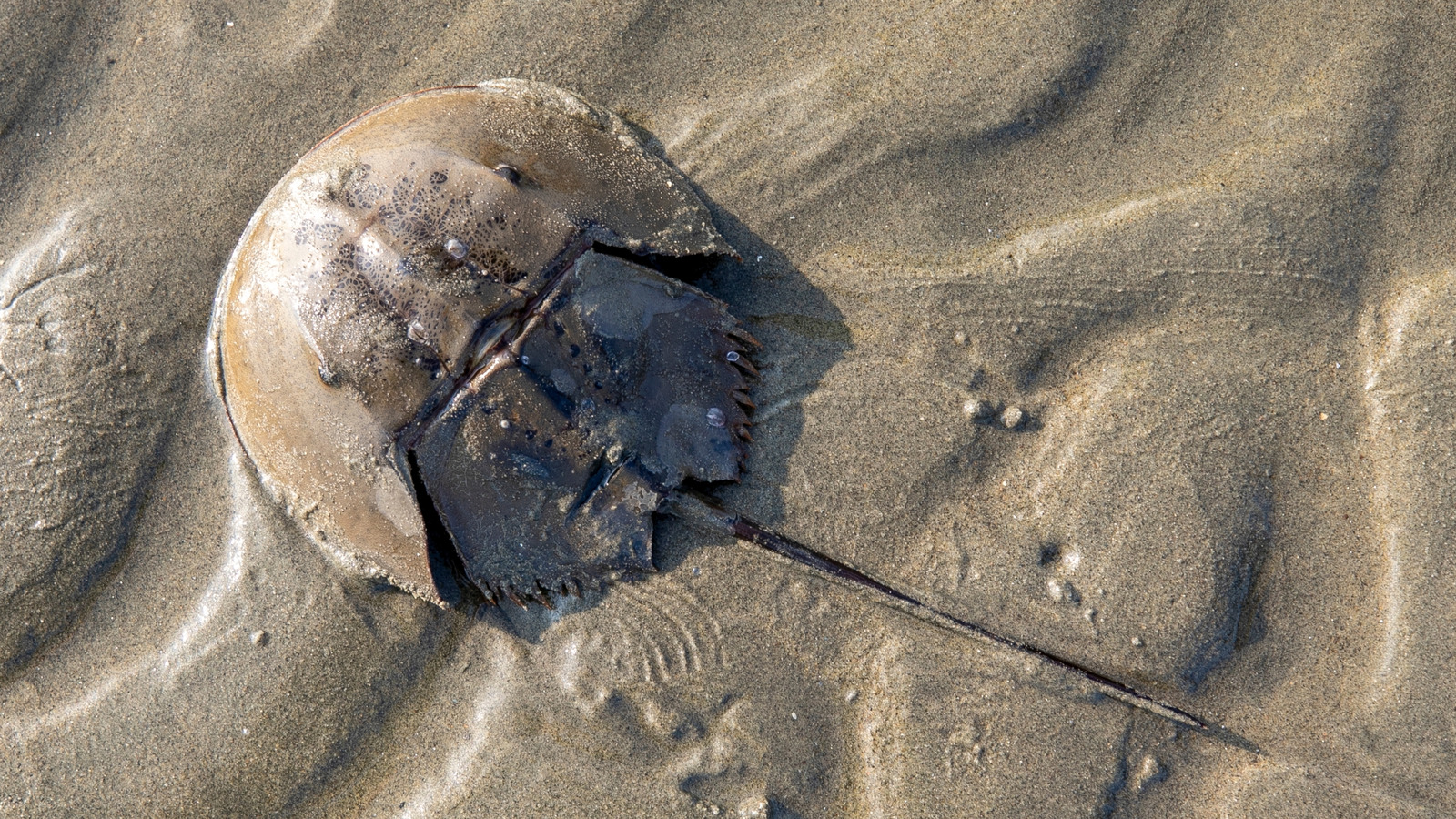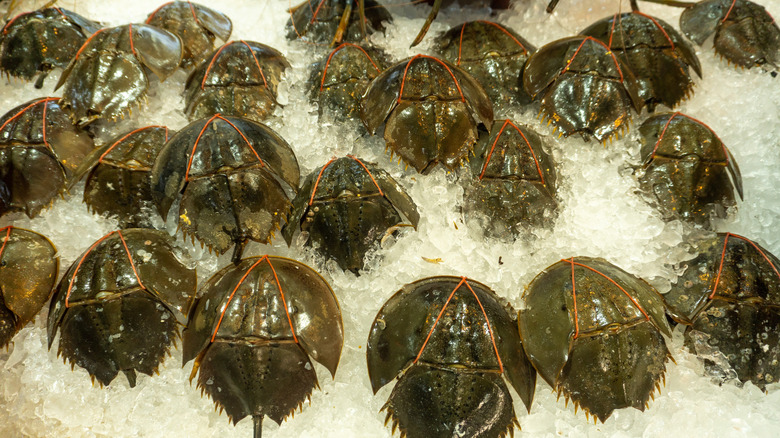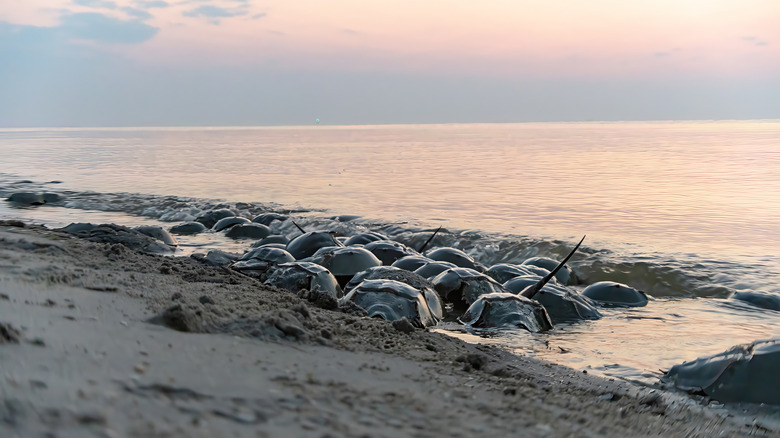The horseshoe crab (Limulus polyphemus) is often described as a “living fossil,” a species that has endured for over 450 million years. It outlasted the mass extinctions and dramatic shifts in Earth’s climate. Yet, this remarkable survivor is now facing a crisis unlike any before: the combined pressures of climate change, habitat destruction, and overexploitation. Once abundant along the Atlantic coast of North America and across parts of Asia, horseshoe crab populations are now in steep decline. For an organism as ancient as it is, the threat of extinction during our lifetime is a sobering reminder of the speed and scale of modern environmental challenges.
The consequences of horseshoe crab disappearance go beyond this species. Each spring, migratory birds depend on the crab eggs as a source of energy during their long journeys. With declining numbers of crabs, these shorebirds are left without a vital food source. Also, the burrowing activity of this crab helps sustain the balance of the intertidal ecosystem. If the horseshoe crab disappears, entire coastal food webs will be destabilized. What hangs in the balance is not just the fate of a single species, but the resilience of the coastal ecosystem that has long depended on its presence.
The extinction threat
Although human exploitation has long pressured horseshoe crab populations, climate change is now compounding these threats and accelerating the path towards extinction. A recent study published by Nature via Scientific Reports analyzed six long-term datasets from Long Island Sound and found alarming population declines of between 2% and 9% per year. The report emphasized that these downward trends cannot be explained by harvesting alone. Instead, sea-level rise and climate-driven habitat loss are removing the very beaches where these crabs spawn.
The U.S. Environmental Protection Agency has also warned that relative sea-level rise along the Mid-Atlantic and Delaware Bay threatens to submerge and erode nesting areas. As decades of research on Delaware Bay noted as far back as 2003, even modest changes to spawning grounds can have cascading effects on crab reproduction. By extension, migratory shorebirds that depend on their eggs for survival are also affected. Climate change thus creates a ripple of ecological destruction far beyond just one species.
Temperature shifts add another layer of stress. Warmer waters can alter spawning timing, while increasingly frequent extreme events, such as flooding and hurricanes, may drown eggs or expose larvae to lethal conditions. A systematic review published in The University of Chicago Press Journals highlighted how altered temperature regimes undermine developmental success, increasing the risk of reproductive failure.
Meanwhile, monitoring in New York waters has shown unusual changes in sex ratios. Females are more numerous than ever, which may be a result of changing climate or selective survival pressures. Taken together, these findings paint a stark picture. A horseshoe crab, once resilient through hundreds of millions of years of Earth’s history, is now vulnerable to the rapid and unprecedented pace of human-driven climate change.
What can be done?
Scientists agree that urgent, coordinated action is required if the horseshoe crab is to survive the coming decades. Protecting and restoring spawning habitats is paramount. Dr. Jennifer Mattei of Sacred Heart University has warned that the loss of sandy shoreline habitat directly threatens the survival of future generations of crabs. Nature-based shoreline protection, including dune restoration and barrier-free coastal zones, offers one of the most promising strategies to preserve spawning grounds against rising seas.
Equally important is reducing human exploitation. For decades, crabs have been harvested for bait and for their unique blood used in biomedical testing. While harvesting is now restricted in some regions, experts stress that limits must be tightened and alternatives embraced. Recombinant Factor C (rFC), a synthetic substitute for crab blood, has already been approved and shown to be effective. Greater adoption of this technology could dramatically reduce demand for wild populations.
Long-term, large-scale monitoring (as exemplified by Project Limulus in Long Island Sound) is essential to detect population trends, estimate viability, and inform management. Combined with genetic and demographic studies that pinpoint isolated or resilient subpopulations, these tools allow adaptive management frameworks to adjust conservation actions in response to new data.
Ultimately, safeguarding the horseshoe crab requires integrating conservation into broader climate action. Reducing greenhouse gas emissions, investing in coastal resilience, and engaging local communities are all part of a larger effort to give this ancient species a fighting chance.












